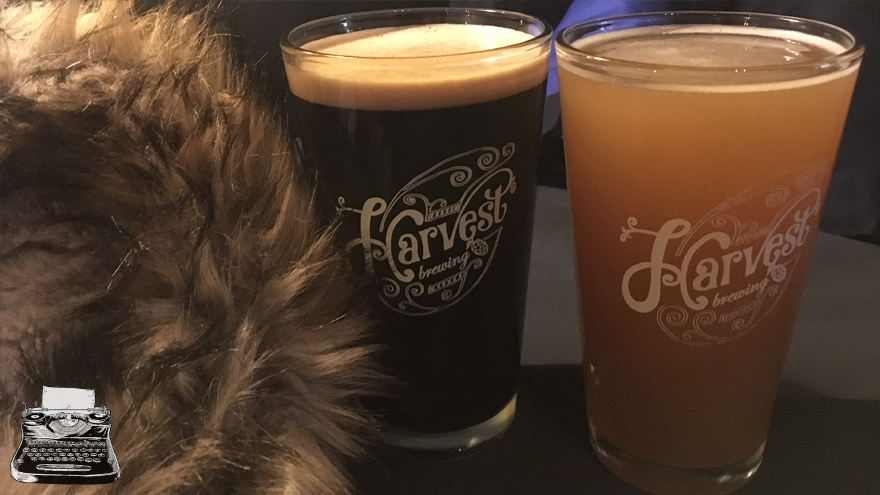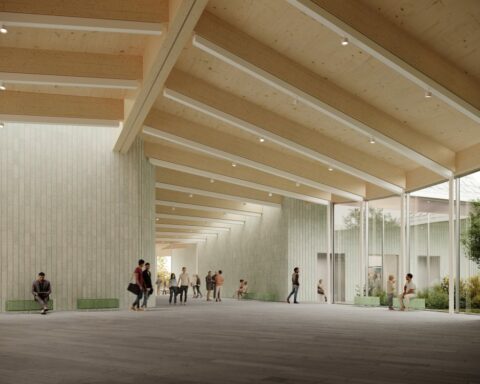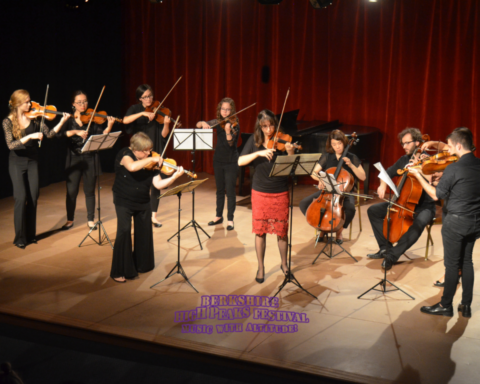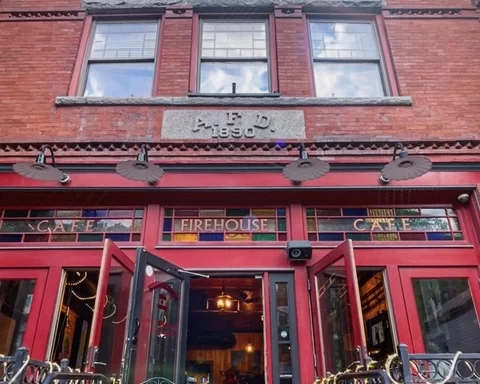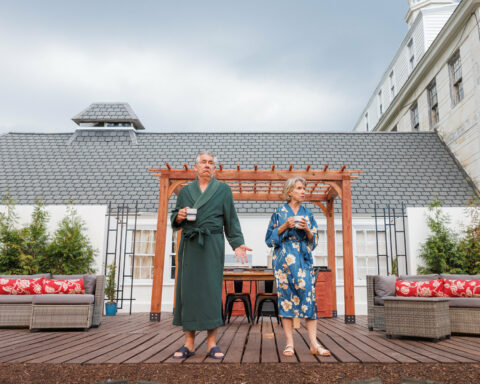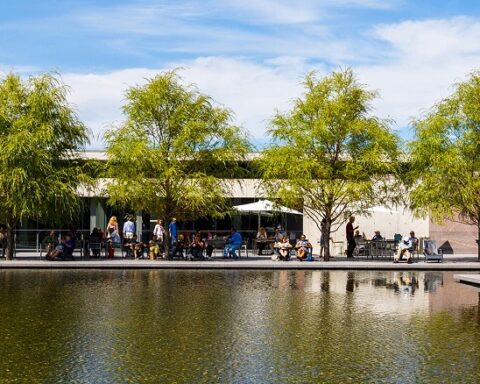
Possible Selves is one of the most critical contemporary exhibitions documenting the global impact of queer identities through portrait photography over a 60-year period.
This exhibition is the brainchild of gifted assistant curator at Williams College Museum of Art (WCMA), Dr. Horace Ballard. The exhibition consists of selections from WCMA’s collection of legendary queer artists including Andy Warhol, Robert Mapplethrope, Andres Serrano, Felix Gonzalez Torres, and Nan Goldin to name a few, plus over 200 images selected from Instagram.
Possible Selves: Queer Foto Vernaculars
Williams College Museum of Art, Williamstown Mass. — Thru 4/14
Sharing the 1954 Gallery, a sweeping, elegant space, are 200-plus images of queer photos from 22 different countries not framed, and arranged in broken grids. One is immediately moved by the diversity of the images and the sense of camaraderie depicted. The rise of Internet platforms and the freedom to post rather than be selected by the art establishment removes some of the deeply embedded prejudices experienced by past generations.
Photography is always history, or a moment caught in time. Possible Selves demonstrates how queer communities, for years, despite abject crushing discrimination, chronicled — consciously and unconsciously — love, political action, joy, and all encompassing sensuality through portraiture. This was made possible in part, through the technological development of accessible photography and the sheer courage to document communities that are or were outlawed. Beginning with Kodak’s revolutionary development of the “snapshot” to Polaroid’s landmark instantly gratifying photos to contemporary access to platforms such as Instagram, Facebook and Twitter the line between “art photography” and just great photos is crumbling.
Though the word “selfie” did not come into existence till the 21st century, self-portraiture has always been a means of self-identification or a method of storytelling — a visual biography. Using a Polaroid SX-70, Andy Warhol, possibly the grandfather of “selfies,” honed this genre by capturing not only himself, but also his life, from the mundane to the fabulous. Possible Selves displays some examples of this vintage work including images of Cabbage Patch dolls, nude males, Mick Jagger, and self -portraits.

All Instagram images are on loan from the photographers who further supplied digital files for exhibition. This is due to Dr. Ballard’s commitment to ethical standards of museum display in consideration of work discovered on social media. This is a devastatingly beautiful show with an all encompassing understanding that the traditional normal is a myth, gender binary does not exist, and human existence is and always has been fluid, yet rarely recognized, and, in many cases, demonized.
From the smaller gallery, Kroh-McClelland, showcasing a selection of queer pioneering artists to the sprawling celebration of worldwide queer identity, this exhibition gives credence to the power of visual and artistic courage. Go see the exhibit, bring a friend, take “selfies” up against a “selfie” wall, and know that this show is recognition of the new normal, one composed of love, understanding and courage.


